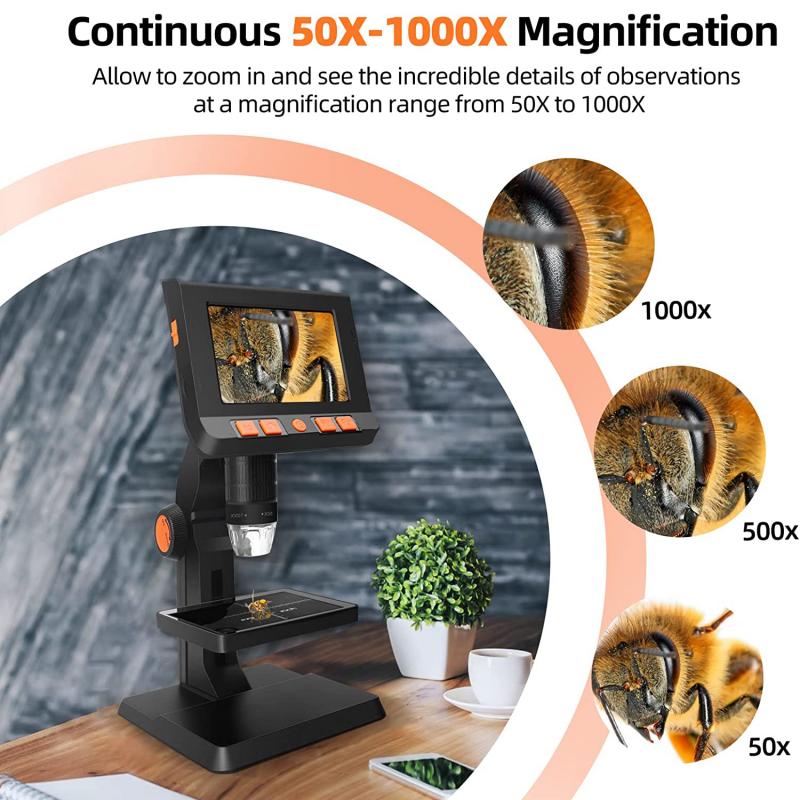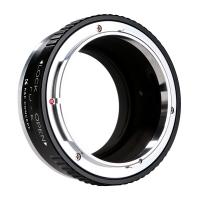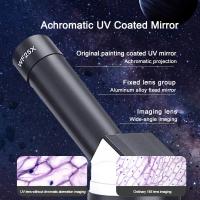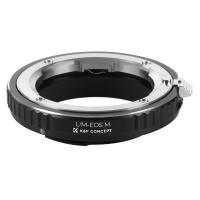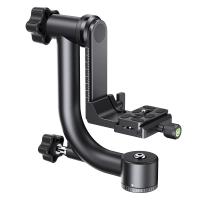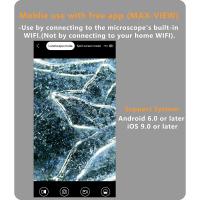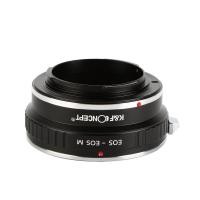How To Identify Asbestos Under A Microscope ?
Asbestos can be identified under a microscope by examining the sample for the characteristic fibrous structure of asbestos minerals. The fibers are typically long, thin, and needle-like, with a high aspect ratio (length to width ratio). Asbestos fibers can be distinguished from other fibers by their unique optical properties, such as their high birefringence and pleochroism.
To identify asbestos under a microscope, a sample is first collected and prepared for analysis. The sample is then viewed under a polarized light microscope, which allows the observer to see the unique optical properties of the asbestos fibers. The fibers can be further analyzed using techniques such as scanning electron microscopy (SEM) and energy-dispersive X-ray spectroscopy (EDS) to confirm the presence of asbestos minerals and identify the specific type of asbestos present.
It is important to note that asbestos identification should only be performed by trained professionals using proper safety precautions, as exposure to asbestos fibers can be hazardous to health.
1、 Asbestos mineralogy and morphology
Asbestos mineralogy and morphology are the key factors that help in identifying asbestos under a microscope. Asbestos is a group of naturally occurring minerals that have a fibrous structure. The most common types of asbestos are chrysotile, amosite, and crocidolite. These minerals have different morphologies and can be identified under a microscope by their unique characteristics.
Chrysotile asbestos has a serpentine morphology, which means that its fibers are curly and flexible. Amosite and crocidolite asbestos have an amphibole morphology, which means that their fibers are straight and rigid. These differences in morphology can be observed under a microscope and can help in identifying the type of asbestos present.
In addition to morphology, asbestos mineralogy can also be identified under a microscope by using polarized light microscopy (PLM). PLM is a technique that uses polarized light to identify the mineralogical composition of a sample. Asbestos fibers have a unique optical property called birefringence, which causes them to appear brightly colored under polarized light.
The latest point of view on identifying asbestos under a microscope is the use of electron microscopy (EM). EM is a more advanced technique that can provide higher magnification and resolution than traditional light microscopy. EM can also identify asbestos fibers that are too small to be seen with light microscopy.
In conclusion, identifying asbestos under a microscope requires an understanding of asbestos mineralogy and morphology. The use of PLM and EM can provide more accurate identification of asbestos fibers. It is important to use proper safety precautions when handling asbestos samples to avoid exposure to harmful fibers.
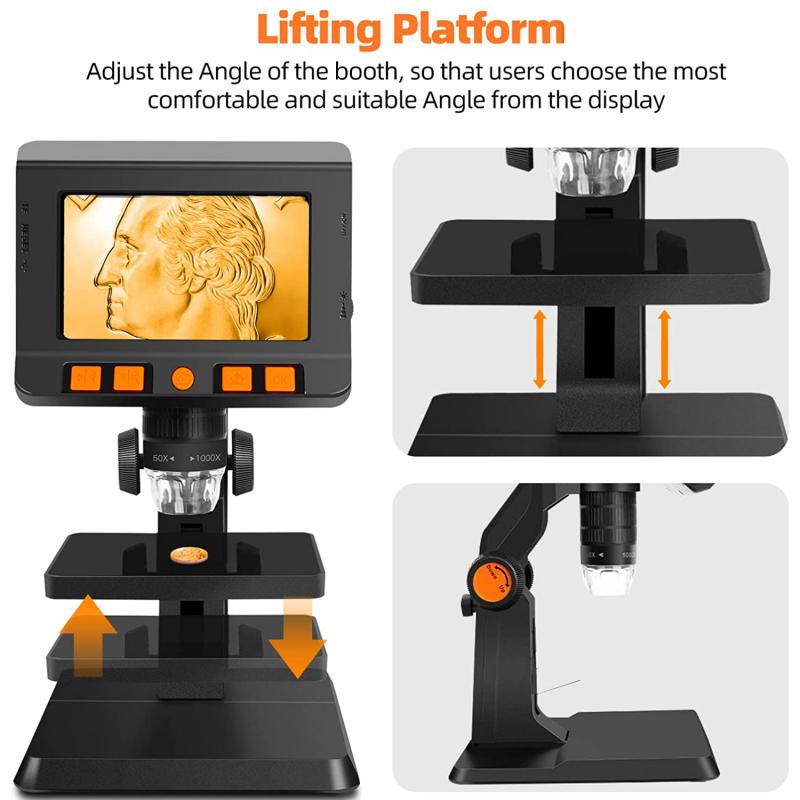
2、 Polarized light microscopy
How to identify asbestos under a microscope? The most effective method for identifying asbestos under a microscope is through the use of polarized light microscopy (PLM). PLM is a technique that uses polarized light to examine the physical and optical properties of a sample. Asbestos fibers have unique optical properties that can be easily identified using this method.
To identify asbestos using PLM, a small sample of the material is collected and prepared for analysis. The sample is then placed on a glass slide and viewed under a microscope equipped with polarized light filters. Asbestos fibers will appear as long, thin, and transparent fibers with a distinctive cross-hatched pattern.
It is important to note that PLM is not the only method for identifying asbestos. Other methods include transmission electron microscopy (TEM) and scanning electron microscopy (SEM). However, PLM is the most commonly used method due to its accuracy, reliability, and cost-effectiveness.
It is also important to note that the identification of asbestos under a microscope should only be performed by trained professionals. Asbestos fibers can be extremely hazardous to human health, and proper precautions must be taken to avoid exposure. In addition, recent studies have shown that some types of asbestos may not be easily identified using PLM alone, and additional testing may be necessary to accurately identify the presence of asbestos.
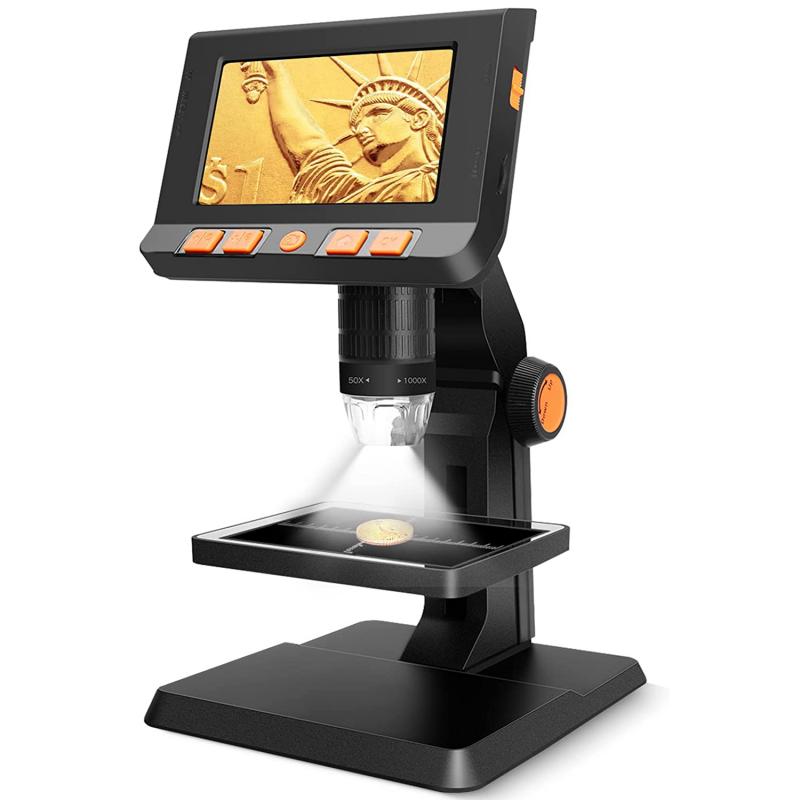
3、 Dispersion staining
How to identify asbestos under a microscope? One of the most effective methods is dispersion staining. This technique involves the use of polarized light microscopy to observe the optical properties of asbestos fibers. Asbestos fibers have a unique refractive index and birefringence, which allows them to be easily identified under a microscope.
Dispersion staining involves the use of a polarizing filter to polarize the light passing through the microscope. Asbestos fibers will appear as brightly colored fibers against a dark background when viewed under polarized light. The colors observed are due to the interference of light waves passing through the fibers.
In addition to dispersion staining, other techniques can be used to identify asbestos under a microscope. These include phase contrast microscopy, dark field microscopy, and electron microscopy. Each of these techniques has its advantages and disadvantages, and the choice of technique will depend on the specific application.
It is important to note that the identification of asbestos under a microscope requires specialized training and expertise. Asbestos fibers can be difficult to distinguish from other fibers, and misidentification can have serious consequences. Therefore, it is recommended that only trained professionals perform asbestos identification using microscopy.
In conclusion, dispersion staining is an effective method for identifying asbestos under a microscope. However, it is important to use caution and seek the advice of trained professionals when attempting to identify asbestos fibers.

4、 Transmission electron microscopy
How to identify asbestos under a microscope? The most reliable method for identifying asbestos fibers under a microscope is Transmission Electron Microscopy (TEM). TEM is a high-resolution imaging technique that uses a beam of electrons to pass through a thin sample, allowing for detailed analysis of the sample's structure and composition.
When examining a sample for asbestos fibers, the TEM method involves collecting a small amount of the material and preparing it for analysis. The sample is then placed on a thin grid and exposed to the electron beam. As the electrons pass through the sample, they interact with the atoms in the fibers, producing a high-resolution image that can be analyzed for the presence of asbestos.
TEM is considered the gold standard for asbestos identification because it can detect fibers as small as 0.1 micrometers in diameter, which is smaller than the width of a human hair. This level of sensitivity is critical because asbestos fibers can be easily inhaled and can cause serious health problems, including lung cancer and mesothelioma.
In recent years, there has been a growing interest in using alternative methods for identifying asbestos fibers, such as scanning electron microscopy (SEM) and polarized light microscopy (PLM). However, these methods are not as reliable as TEM and may not be able to detect all types of asbestos fibers.
In conclusion, if you need to identify asbestos fibers under a microscope, the most reliable method is Transmission Electron Microscopy (TEM). This method provides high-resolution images that can detect even the smallest fibers and is considered the gold standard for asbestos identification.
